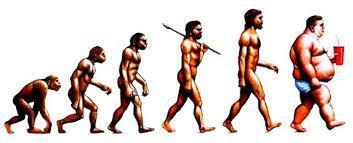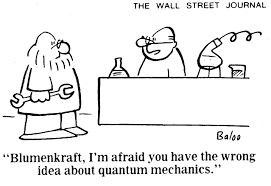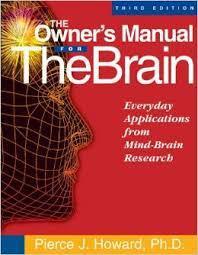Bishop Berkeley, a 1700s philosopher, was the first to question the existence of a material reality outside our minds.  In my 2009 Optimism book, I quoted an article by Professor Robert Lanza similarly arguing that reality is just a figment of mental activity – literally – “the trees and snow evaporate when we’re sleeping. The kitchen disappears when we’re in the bathroom.”
In my 2009 Optimism book, I quoted an article by Professor Robert Lanza similarly arguing that reality is just a figment of mental activity – literally – “the trees and snow evaporate when we’re sleeping. The kitchen disappears when we’re in the bathroom.”
But (I wrote) if our perceptions create reality, then what creates our perceptions? Though you might question a reality that was yours alone, the fact that we all experience essentially the same reality corroborates it.

Lanza has meantime authored, together with astronomy writer Bob Berman, some books on “biocentrism,” carrying the argument further, and even using it to deem death an illusion. My wife and I debated about this, and she smacked me with an article in The Atlantic, (“The Case Against Reality”), interviewing Donald Hoffman, a professor of cognitive science.
Hoffman starts with the idea that our ancestors whose perceptions best matched reality would have had a competitive evolutionary advantage. Very plausible, he says, but “utterly false.”

Hoffman invokes here as metaphor a computer’s desktop interface. It might show a blue rectangular icon in a lower right screen position – but those characteristics reveal nothing true about that file or anything in the computer.

But, like Lanza and Berman, Hoffman goes further, arguing that experienced perceptions are all there is, and what is perceived doesn’t really exist. This, he says, is what quantum mechanics tells us: “there are no physical objects.” So, “[j]ust like you have your own headache, you have your own moon” that you see. Thus, Hoffman derides most neuroscientists for focusing on “a physical brain,” an idea archaically rooted in 300-year-old Newtonian physics, when we’ve learned from more modern quantum physics “that classical objects – including brains – don’t exist.”
Let’s see if I can demystify this.
Hoffman’s perception-versus-fitness argument entails a false dichotomy. Simply put, accurate perception is one element of fitness. All else equal, an organism with better perceptual accuracy is more fit, and has a competitive advantage.

It’s been said that if you think you understand quantum mechanics, you don’t. This applies to Hoffman, Lanza, Berman, and Deepak Chopra – another philosophical quack who similarly misuses catch phrases from quantum physics to propound nonsensical woo-woo propositions. (I noticed the first blurb for the latest Lanza-Berman book is from Deepak Chopra.)
Specifically, the Hoffman article says experiments have shown “that if we assume that the particles that make up ordinary objects have an objective, observer-independent existence, we get wrong answers.” Hence “[t]here are no public objects sitting out there in some pre-existing space.” But that second sentence simply does not follow from the first; it’s an absurd leap. While quantum physics does tell us some very queer things about particle behavior at the subatomic level, none of that means “classical objects” made up of zillions of particles don’t exist. Nonexistent things can’t have any behavior; you can’t perform experiments on them.

Our scientific understanding of the physics of reality has penetrated very far toward its core. We are not all the way there yet, and the problem gets ever harder because we are trying to see into ever tinier realms. It concerns the deepest structure of the particles at the heart of existence and of the spacetime in which they do their thing. And, true, the deeper we go, the more it’s as if “there’s no there there.” I’m writing this on a desk, seemingly a hard object. But it’s made up of atoms, which are almost entirely empty space, and what’s not empty space consists of particles which don’t seem to be the kind of solid objects we’re familiar with either. Drilling down, we haven’t gotten to where we can put our fingers onto something hard. Yet the desk is hard. How can that be? Or is it really?

And the fundamental contradiction in Hoffman’s idea is that if reality is only a construct of mental activity, where does that mental activity come from, if not the brain? If brains (“classical objects”) don’t actually exist, how can there be any mental activity, any perceptions? It’s a chicken-and-egg tautology.
This is the problem with all philosophies (like Lanza-Berman’s too) that posit some kind of “mind” that somehow exists apart from the physical neurons in the brain. A “soul.” At the end of the day, our minds, our consciousness, our selves, thoughts, perceptions, feelings, all can only be phenomena rooted in the physical functioning of neurons. We don’t yet fully understand how that works either, but it must. There is no other possibility.
When Lanza and Berman tell us death is an illusion, what they’re really saying is that life is an illusion. Our lives – our consciousness, sense of self – may indeed be a kind of illusion generated by the physical interactions of our neurons. And when they die, the illusion dies.
